From majestic grizzly bears in Alaska to playful dolphins along coastal waters, the United States offers countless opportunities to witness wildlife in their natural habitats. These encounters create lasting memories and foster a deeper appreciation for conservation efforts nationwide. Whether you’re an avid wildlife photographer, a nature enthusiast, or a family looking for an educational adventure, these 17 destinations provide remarkable opportunities to observe animals in settings that prioritize both visitor experience and animal welfare. Each location offers unique ecosystems and specialized viewing opportunities while maintaining responsible wildlife management practices.
17. Yellowstone National Park, Wyoming

As America’s first national park, Yellowstone remains one of the premier wildlife viewing destinations in the country. The park’s 2.2 million acres encompass diverse habitats supporting over 300 bird species, 16 fish species, and 67 mammal species. The Lamar Valley, often called “America’s Serengeti,” offers visitors exceptional opportunities to witness free-roaming bison herds, wolf packs, grizzly bears, black bears, and elk. Dawn and dusk provide optimal viewing times when animals are most active. The park’s geothermal features create unique microclimates that attract wildlife year-round, with winter offering particularly dramatic viewing opportunities against snow-covered landscapes. Rangers provide educational programs about wildlife behavior and conservation efforts throughout the park.
16. Everglades National Park, Florida

This UNESCO World Heritage Site encompasses 1.5 million acres of wetlands and forests, creating a unique ecosystem that supports an incredible diversity of wildlife. The Everglades is home to over 360 bird species, including colorful roseate spoonbills and graceful great blue herons. Visitors can spot American alligators and crocodiles (one of the few places worldwide where these species coexist) sunning themselves along waterways. The endangered Florida panther, West Indian manatee, and American crocodile find sanctuary here. Guided boat tours and elevated boardwalks provide safe viewing opportunities while protecting delicate habitats. The Anhinga Trail and Shark Valley Observation Tower offer particularly rewarding wildlife observation points where visitors can see multiple species within a short walk.
15. Katmai National Park, Alaska
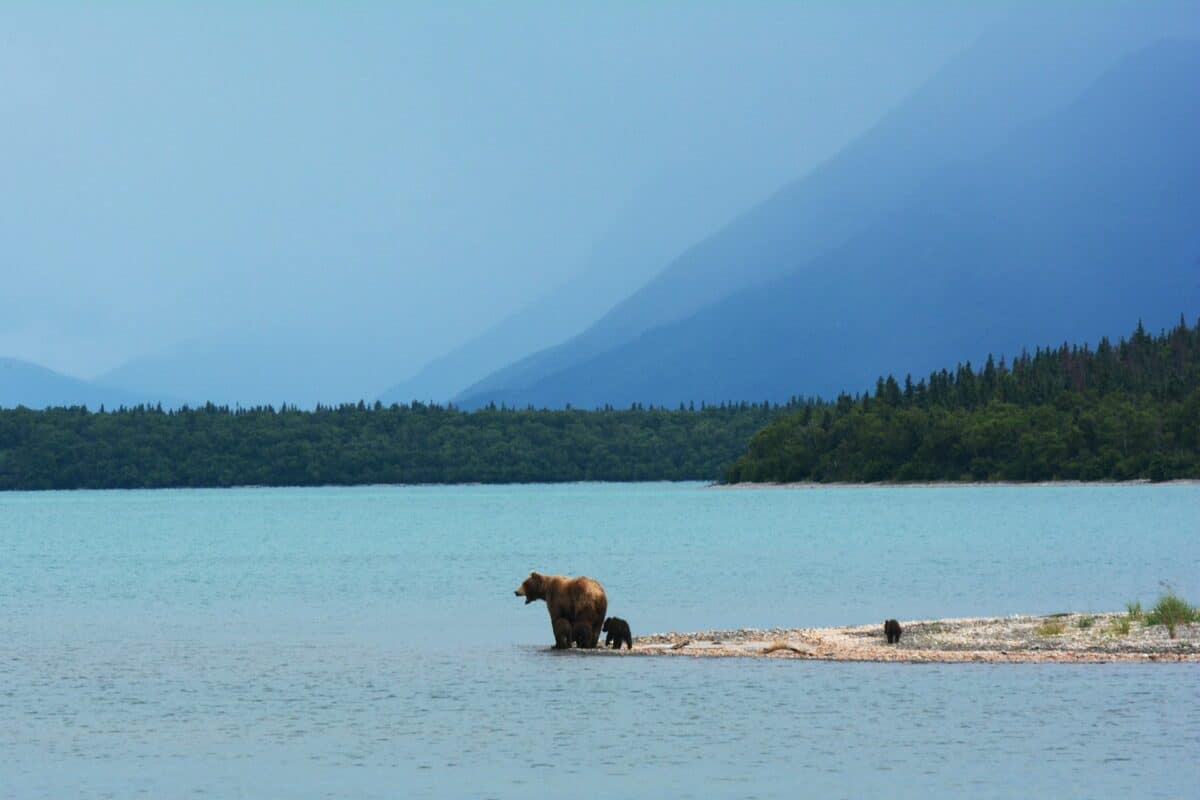
Famous for its brown bear population, Katmai National Park provides one of the most intimate wildlife viewing experiences in North America. During the summer salmon run, visitors at Brooks Falls can witness dozens of massive brown bears fishing for migrating salmon in a relatively small area. The park’s viewing platforms are strategically positioned to allow photographers and nature enthusiasts to safely observe bears catching salmon mid-air as the fish attempt to leap up the falls. Beyond bears, the park supports moose, wolves, and over 140 bird species. The Valley of Ten Thousand Smokes, formed by a volcanic eruption in 1912, creates a dramatic backdrop for wildlife viewing. Park rangers enforce strict protocols to ensure both visitor safety and minimal disruption to natural bear behavior.
14. Monterey Bay, California
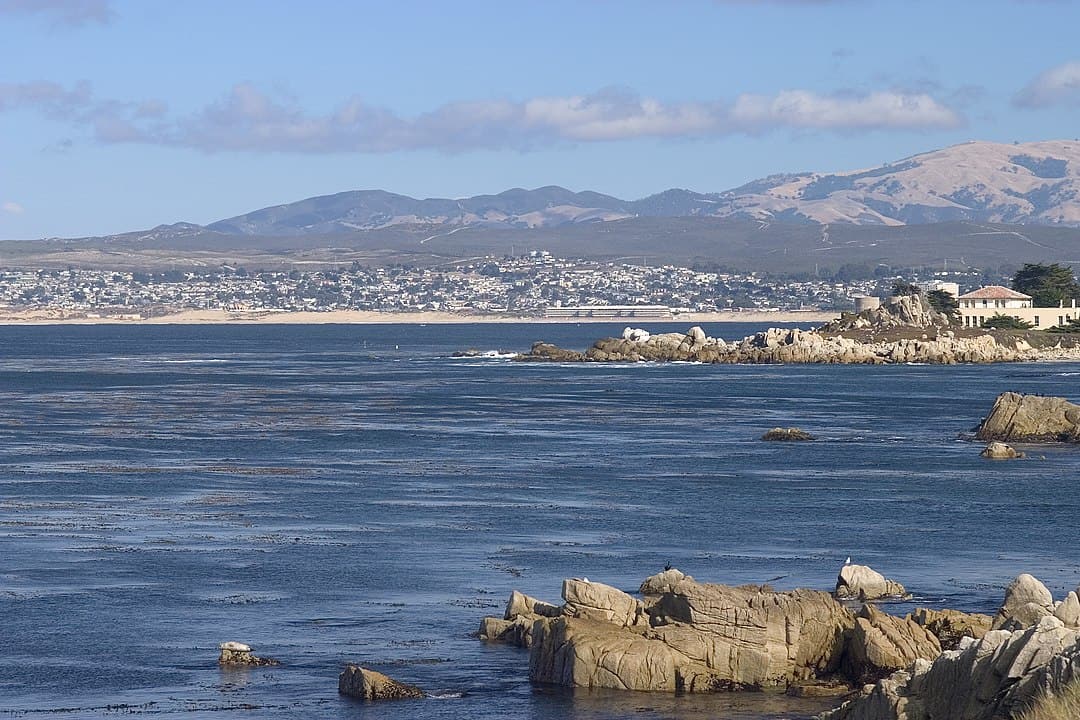
The Monterey Bay National Marine Sanctuary protects one of the world’s most diverse marine ecosystems spanning 276 miles of California coastline. Visitors can observe sea otters floating on their backs while using rocks to crack open shellfish, harbor seals lounging on beaches, and sea lions barking from rocky outcrops. The bay’s nutrient-rich waters attract 27 species of marine mammals, including gray, humpback, and blue whales during migration seasons. The world-class Monterey Bay Aquarium offers close encounters with marine life through massive viewing windows and educational exhibits explaining the complex ecosystem. Whale-watching tours operate year-round, with different species migrating through the sanctuary depending on the season. Kayaking tours provide intimate encounters with harbor seals, sea lions, and sea otters in kelp forest habitats.
13. Denali National Park, Alaska

Spanning six million acres of wild land, Denali offers unparalleled opportunities to see wildlife against the backdrop of North America’s highest peak. The park’s limited road access helps preserve natural animal behavior while shuttle buses transport visitors through prime wildlife habitat. Dall sheep negotiate steep mountain slopes, caribou migrate across tundra, and massive bull moose forage in wetlands. Denali is home to all of Alaska’s “Big Five” mammals: moose, caribou, Dall sheep, wolves, and grizzly bears. The park’s elevation changes create diverse habitats supporting different species, from alpine-dwelling mountain goats to riverside moose. Visitor centers provide information about animal tracking, identification, and conservation efforts. The fall season brings vibrant colors to the landscape and increased animal activity as species prepare for the harsh winter.
12. Channel Islands National Park, California

Often called “North America’s Galapagos,” these five islands off California’s coast host unique subspecies found nowhere else on Earth. The surrounding marine sanctuary creates protected waters where visitors can kayak alongside playful harbor seals and sea lions. Island fox, a species that evolved separately on each island into distinct subspecies, can be observed at close range. The waters surrounding the islands support an astonishing diversity of marine mammals, including blue whales, humpback whales, and several dolphin species. Guided snorkeling tours reveal colorful Garibaldi fish, octopuses, and sea stars in kelp forest ecosystems. The islands’ isolation has created a living laboratory for evolution and adaptation, with many endemic plant and animal species. Island-specific conservation programs have successfully brought several species back from the brink of extinction, including the island fox.
11. Assateague Island National Seashore, Maryland and Virginia

Famous for its wild horses believed to be descendants of survivors from Spanish shipwrecks, Assateague Island offers a rare opportunity to see these magnificent animals roaming freely along beaches and salt marshes. The barrier island’s diverse habitats support over 320 bird species, making it a premier destination for bird watchers. Sika deer, a small elk species introduced from Asia, can be spotted in woodland areas, while raccoons and foxes frequent campgrounds. The island’s salt marshes provide important habitat for blue crabs, clams, and numerous fish species. While the wild horses are the main attraction, visitors should maintain a safe distance of at least 40 feet as these are wild animals that can kick and bite. The shifting nature of the barrier island creates a dynamic ecosystem that changes with storms and seasons, offering different wildlife viewing opportunities throughout the year.
10. Alligator River National Wildlife Refuge, North Carolina

This 152,000-acre refuge provides critical habitat for one of the world’s most endangered canid species—the red wolf. Managed reintroduction programs have established a wild population of these native predators, which visitors might glimpse during guided “howling tours” where rangers imitate wolf calls to encourage responses. The refuge also hosts one of the largest concentrations of black bears on the eastern seaboard, with some individuals reaching impressive sizes due to abundant food sources. American alligators inhabit the northernmost part of their range here, where they can be observed basking along waterways. Birdwatchers can spot over 250 species, including bald eagles, great blue herons, and prothonotary warblers. The refuge’s diverse habitats, from pocosin wetlands to Atlantic white cedar swamps, support an incredible range of wildlife that changes seasonally.
9. Bosque del Apache National Wildlife Refuge, New Mexico
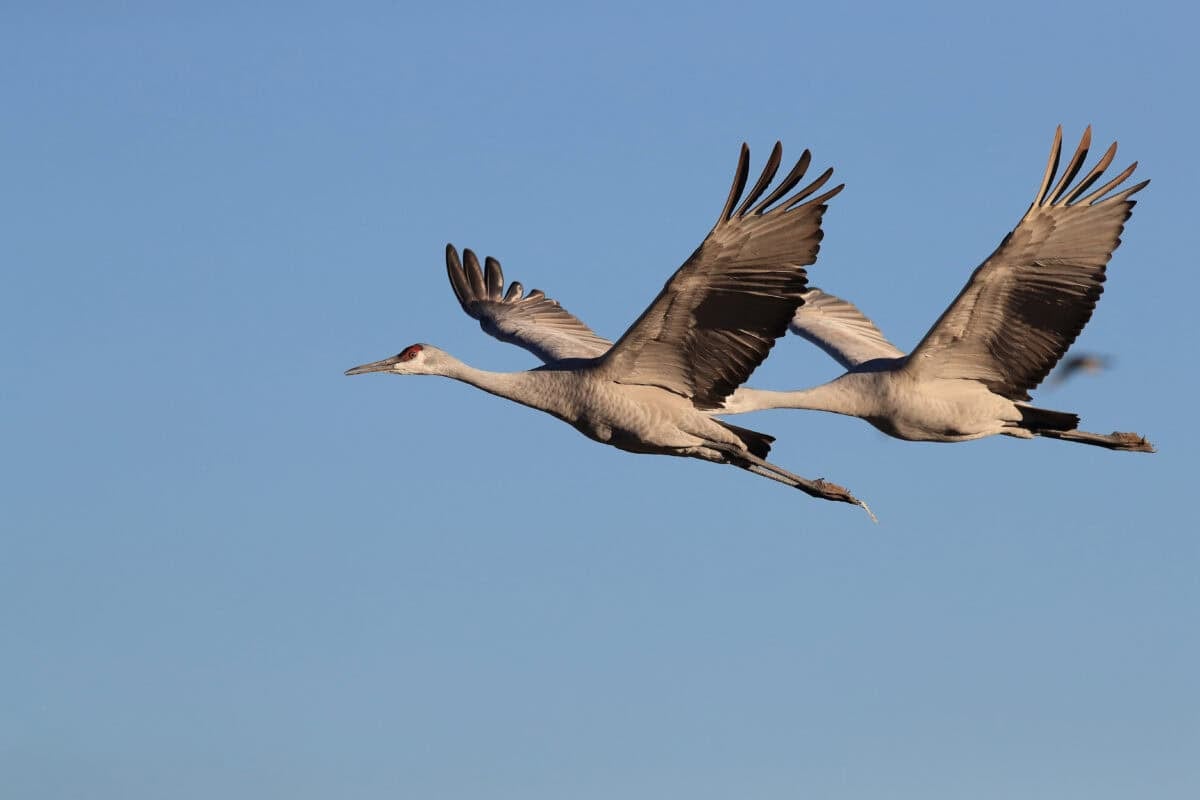
This 57,331-acre refuge along the Rio Grande provides critical wintering habitat for sandhill cranes, snow geese, and numerous waterfowl species. From November through February, tens of thousands of birds create spectacular sunrise and sunset “fly-outs” as they leave and return to roosting areas. The refuge’s carefully managed wetlands and agricultural fields provide ideal feeding grounds, attracting up to 50,000 snow geese and 17,000 sandhill cranes during peak season. Photography blinds positioned throughout the refuge allow for close observation without disturbing wildlife. Beyond birds, visitors might spot mule deer, coyotes, porcupines, and the occasional bobcat. The annual Festival of the Cranes in November offers guided tours, photography workshops, and educational presentations about migratory bird conservation. The refuge’s location along the Rio Grande Flyway makes it a crucial stopover for numerous migratory species traveling between breeding and wintering grounds.
8. Kilauea Point National Wildlife Refuge, Hawaii
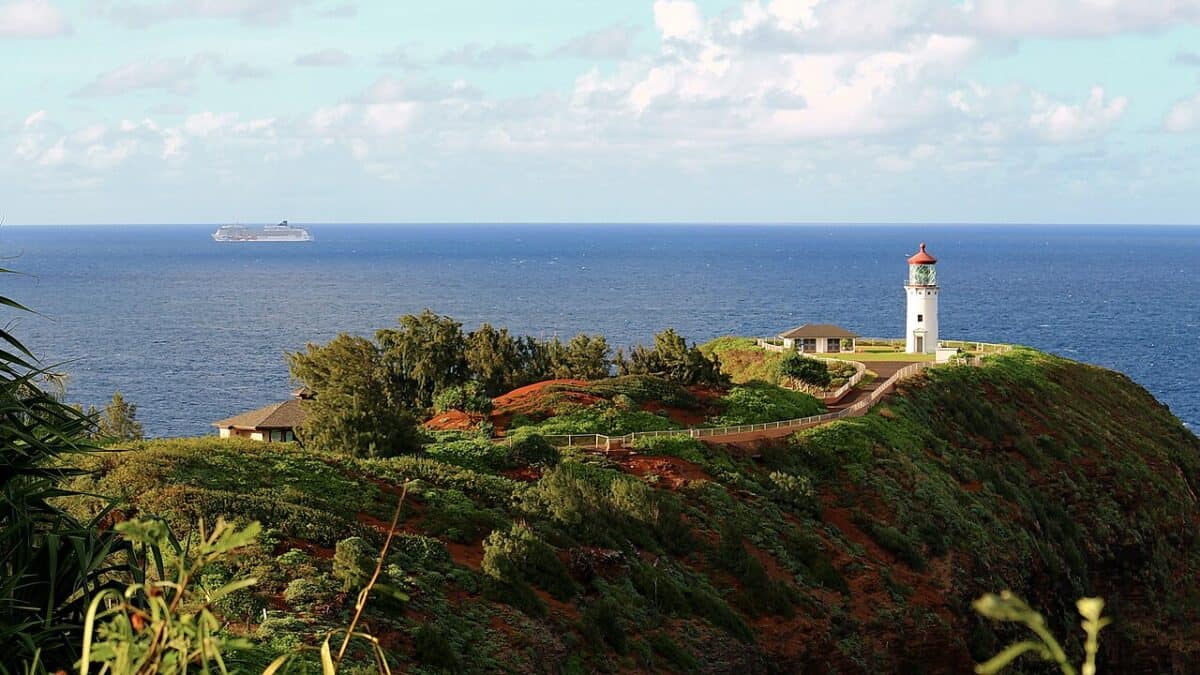
Set on a dramatic volcanic peninsula on Kauai’s north shore, this compact refuge provides exceptional opportunities to observe Hawaii’s unique seabirds at remarkably close range. Red-footed boobies, Laysan albatrosses, and wedge-tailed shearwaters nest on steep cliffs, often within feet of viewing areas. The endangered nene (Hawaiian goose) and Hawaii’s state bird, the nene, can be spotted grazing on maintained grasslands. Between December and May, humpback whales are frequently visible from the lighthouse point as they breach and slap their tails offshore. The refuge’s location at a prominent coastal point makes it ideal for observing spinner dolphins and Hawaiian monk seals in surrounding waters. Conservation programs focus on habitat restoration and predator control to protect ground-nesting seabirds. The historic Kilauea Lighthouse provides a dramatic backdrop for wildlife viewing and photography opportunities.
7. Ding Darling National Wildlife Refuge, Florida
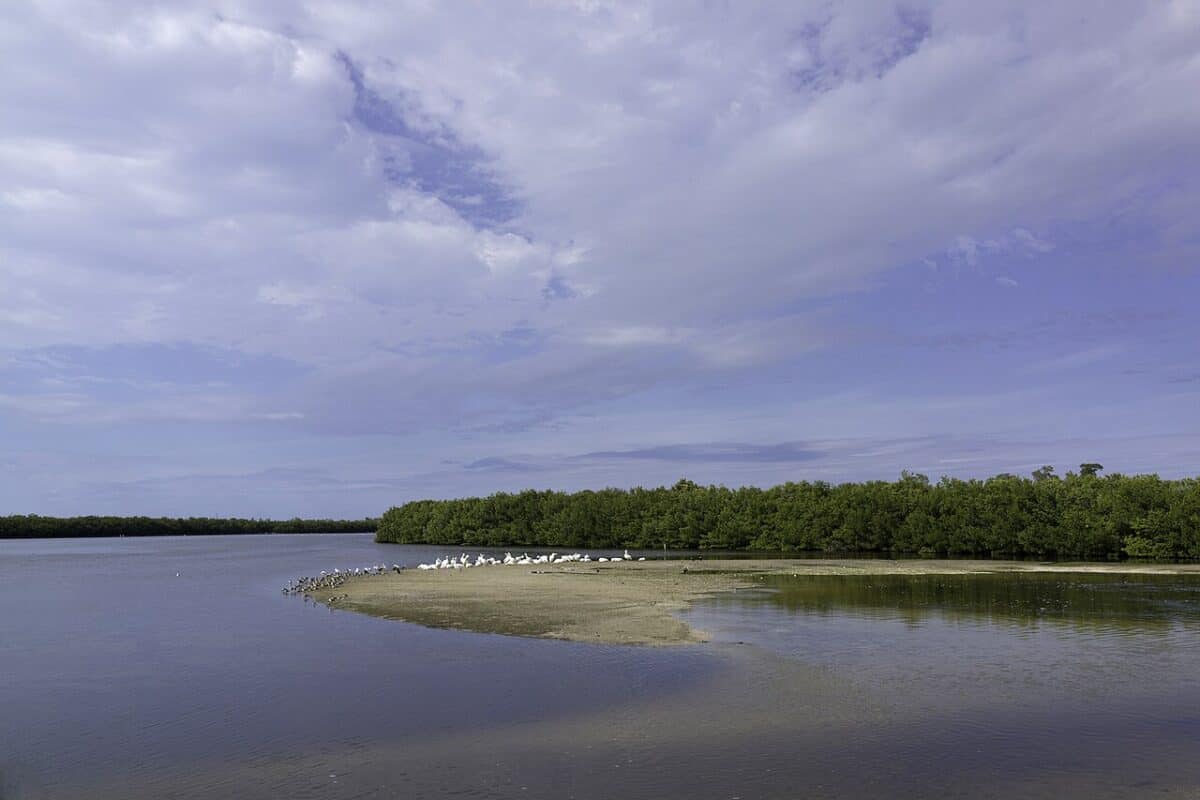
Located on Sanibel Island, this 6,400-acre refuge provides critical habitat for migratory birds and resident wildlife in a subtropical setting. The refuge’s mangrove forests, seagrass beds, and cordgrass marshes support over 245 bird species, including colorful roseate spoonbills, reddish egrets, and yellow-crowned night herons. A 4-mile scenic drive allows visitors to observe wildlife from their vehicles, while numerous hiking and paddling trails provide more immersive experiences. The refuge’s location along the Atlantic Flyway makes it particularly important for migratory species, with winter months offering the greatest diversity of birds. American alligators can be observed basking along waterways throughout the refuge, while manatees occasionally visit the warmer inland waters during winter months. The refuge’s visitor center offers educational exhibits on the unique “J.N. ‘Ding’ Darling” political cartoonist who championed conservation and for whom the refuge is named.
6. Theodore Roosevelt National Park, North Dakota
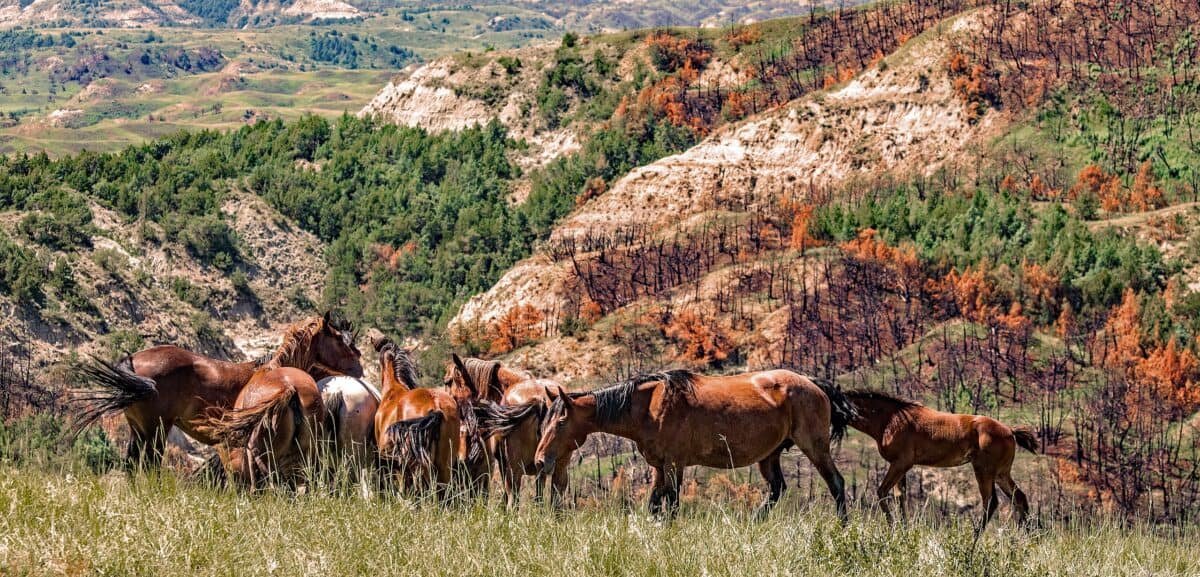
Divided into three distinct units across the North Dakota badlands, this park preserves the landscape that inspired President Theodore Roosevelt’s conservation ethics. Visitors can observe free-roaming bison herds, bands of wild horses, and prairie dog towns where hundreds of these social rodents interact in complex family groups. The park’s rugged terrain provides habitat for bighorn sheep, which can be spotted negotiating steep buttes and canyons. Mule deer and white-tailed deer browse in wooded areas, while elk herds gather in grasslands during early morning and evening hours. The park’s 36-mile scenic drive offers numerous wildlife viewing opportunities, with many animals becoming more active during cooler parts of the day. The stark badlands landscape creates a dramatic backdrop for wildlife photography, particularly during golden hour lighting. President Roosevelt’s Elkhorn Ranch site within the park provides historical context for early conservation efforts in America.
5. Custer State Park, South Dakota

Home to one of America’s largest publicly owned bison herds, this 71,000-acre state park in the Black Hills offers exceptional wildlife viewing opportunities. Approximately 1,300 bison roam freely throughout the park, often approaching vehicles along the 18-mile Wildlife Loop Road. The annual Buffalo Roundup in September draws thousands of visitors who watch cowboys on horseback gather the entire herd for health checks and herd management. Beyond bison, the park is home to pronghorn antelope, mountain goats, bighorn sheep, elk, deer, and feral burros known as “begging burros” that approach vehicles seeking handouts (though feeding is discouraged). Prairie dog towns throughout the park provide entertaining viewing of these social rodents and occasionally attract predators like coyotes and badgers. The park’s diverse habitats, from prairie grasslands to pine forests, support an impressive variety of wildlife that can be observed year-round.
4. Kenai Fjords National Park, Alaska
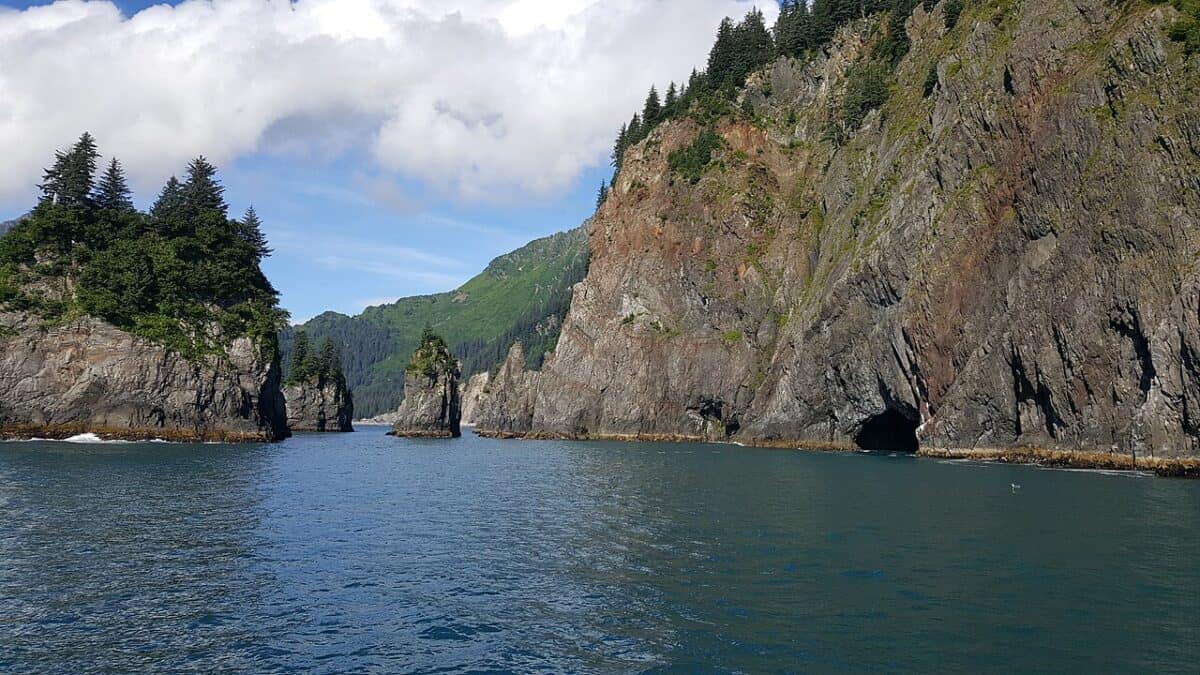
This coastal Alaskan park provides extraordinary opportunities to observe marine mammals in the dramatic setting of tidewater glaciers and rugged fjords. Boat tours departing from Seward take visitors to areas where orcas, humpback whales, and Dall’s porpoises feed in nutrient-rich waters. Harbor seals haul out on ice floes calved from tidewater glaciers, while Steller sea lions gather on rocky outcrops. The park’s land areas host black bears, brown bears, mountain goats, and moose, often visible from hiking trails or boat tours. Bird enthusiasts can observe tufted and horned puffins, kittiwakes, and numerous other seabirds nesting on coastal cliffs. The Exit Glacier area offers visitors the chance to witness the dramatic effects of climate change through marked pathways showing historic glacier positions. The park’s combination of marine and terrestrial ecosystems creates one of the most biodiverse areas in Alaska, with wildlife viewing opportunities that change seasonally.
3. National Bison Range, Montana

Established in 1908 by President Theodore Roosevelt, this 18,500-acre refuge in western Montana’s Mission Valley maintains a herd of 350-500 American bison in their native habitat. The refuge’s Red Sleep Mountain Drive climbs 2,000 feet in elevation, offering panoramic views and excellent opportunities to observe bison, elk, pronghorn, bighorn sheep, and white-tailed deer. Black bears and mountain lions occasionally make appearances in wooded areas. The refuge’s location in the Flathead Valley, surrounded by the Mission Mountains, creates a spectacular backdrop for wildlife photography. Prairie dog towns attract predators including badgers and coyotes, providing opportunities to witness predator-prey interactions. The visitor center houses educational exhibits about bison conservation and the cultural significance of bison to Native American tribes. The refuge plays an important role in preserving the genetic diversity of American bison through careful herd management and participation in the Inter Tribal Buffalo Council, which helps restore bison to tribal lands.
2. Manatee Springs State Park, Florida
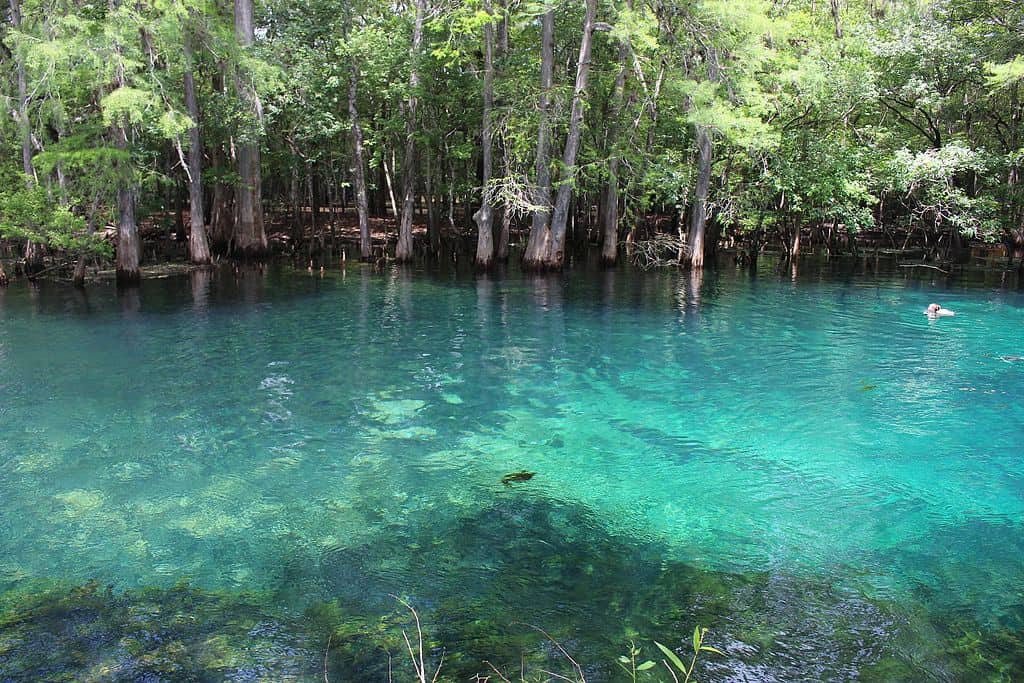
This first-magnitude spring on Florida’s Gulf Coast produces 100 million gallons of crystal-clear water daily, creating ideal conditions for observing West Indian manatees. During winter months when Gulf waters cool, dozens of these gentle marine mammals seek the spring’s constant 72-degree waters. The park’s 800-foot boardwalk along the spring run provides excellent viewing opportunities, with manatees often visible just feet below visitors. Beyond manatees, the park’s clear waters allow visitors to observe numerous fish species, turtles, and occasional river otters. The surrounding hardwood forest supports white-tailed deer, wild turkeys, and various bird species. Certified divers can explore the underwater cave system with proper permits, though manatee protection regulations prevent diving when the animals are present. The park offers educational programs about manatee conservation and the importance of spring ecosystems to Florida’s biodiversity. Kayak rentals provide opportunities to observe wildlife along the Suwannee River, which the spring feeds into.
1. Midway Atoll National Wildlife Refuge, Hawaii

While access is limited and requires special permits, this remote atoll 1,200 miles northwest of Honolulu offers perhaps the most extraordinary seabird viewing experience in the United States. Home to over three million nesting seabirds, including the world’s largest colony of Laysan albatrosses (over 450,000 pairs), Midway provides nesting habitat for 21 seabird species. Visitors can safely walk among thousands of nesting albatrosses that show remarkable tolerance for human presence. The endangered Hawaiian monk seal frequents the atoll’s beaches, while threatened green sea turtles nest on its shores. The surrounding waters, protected as part of Papahānaumokuākea Marine National Monument, support incredible marine diversity, including spinner dolphins, tiger sharks, and over 250 fish species. The atoll’s historical significance as the site of a decisive World War II battle adds cultural interest to this wildlife sanctuary. Conservation efforts focus on invasive species removal and plastic pollution mitigation to protect seabird colonies.
Conclusion:
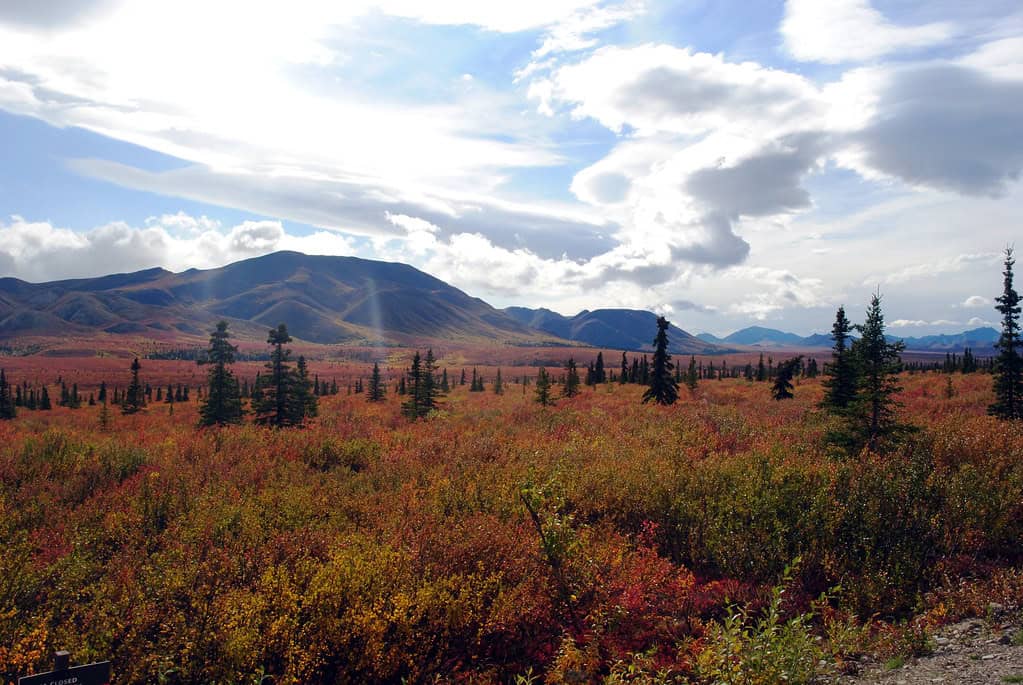
From Alaska’s towering peaks to Florida’s crystal-clear springs, the United States boasts an extraordinary range of destinations for observing wildlife in their natural habitats. Each of the 17 featured locations provides not only unforgettable encounters with animals—from bison and bears to dolphins and seabirds—but also exemplifies the country’s commitment to conservation and responsible tourism. These protected areas, whether national parks, wildlife refuges, or marine sanctuaries, offer immersive experiences that connect visitors to the natural world while promoting ecological stewardship. As travelers explore these diverse ecosystems, they gain a deeper appreciation for the delicate balance of nature and the importance of preserving it for future generations. Whether you’re seeking adventure, education, or inspiration, these destinations invite you to witness the wild wonders of America—and help protect them.
- Top 10 Coral Reef Animals - August 9, 2025
- 15 Animals and Wildlife that Start with M - August 9, 2025
- The Hottest Temperature Ever Recorded in the US Desert - August 9, 2025

